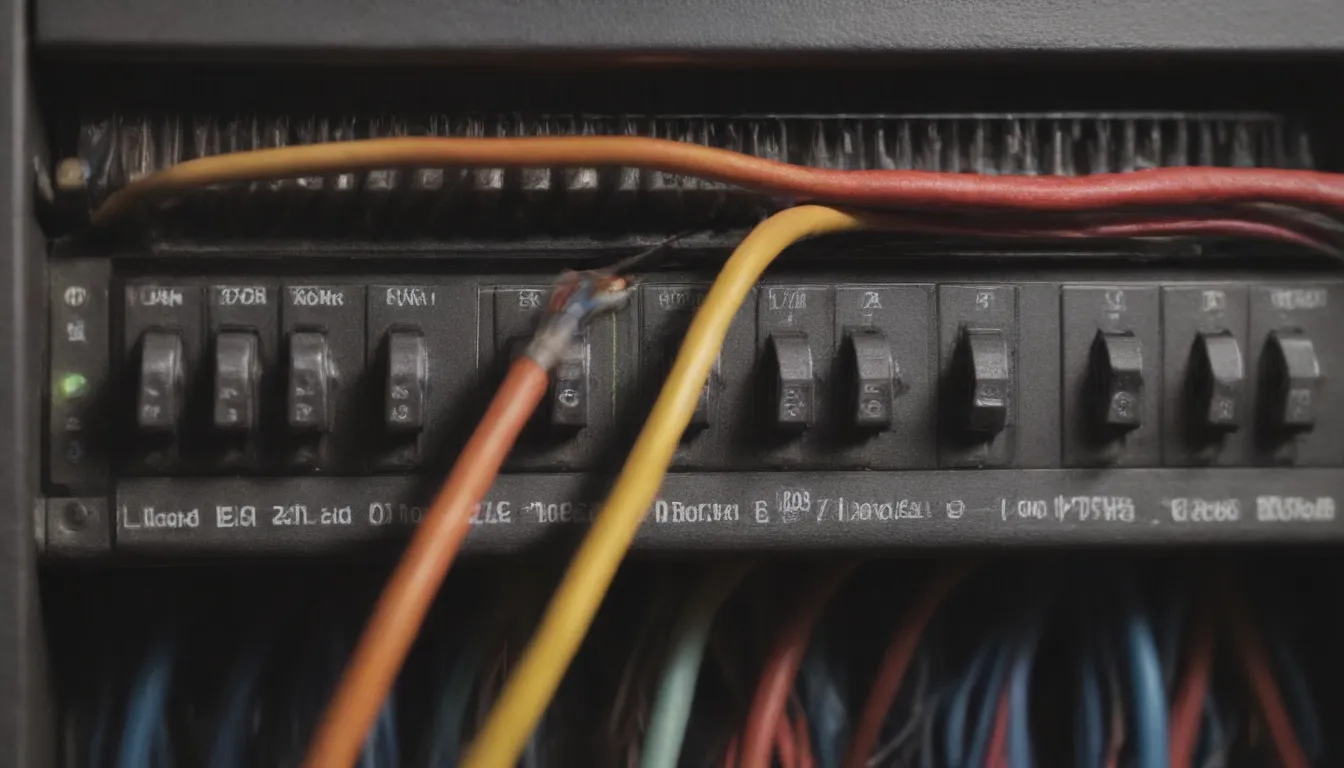Understanding Line vs. Load Wiring in Electrical Systems

When it comes to electrical wiring, the terms “line” and “load” are commonly used, but what exactly do they mean? In this detailed guide, we will explore the differences between line and load wiring, how to differentiate between the two, and when it is essential to determine which wire is which. Let’s dive into the world of electrical systems to gain a better understanding of these fundamental concepts.
Exploring Line and Load Wiring
In the electrical trades, “line” and “load” refer to the electrical wires that carry power within a circuit. The line wires deliver power from the source to a specific device, while the load wires carry power onward to other devices further along the circuit. These terms are essential in understanding the flow of electricity within an electrical system.
Line Wire: Bringing Power In
The line wire, also known as the upstream or incoming wire, is responsible for delivering power into an electrical box or device. It serves as the initial connection point for electricity to enter the circuit. When identifying line wires, look for wires that deliver power into the box or are positioned lower than load wires.
Load Wire: Carrying Power Onward
Conversely, the load wire, also referred to as downstream or outgoing wire, carries power from the device to other devices in the circuit. It connects the device to the next receptacle downstream, serving as the link between multiple electrical components. Load wires are typically positioned near the top of outlets and switches.
Differentiating Line vs. Load Wiring
To determine whether a wire is a line or load wire, consider the following factors:
Wire Position
- Line wires are usually found lower than load wires, indicating their role in delivering power.
- Load wires tend to be positioned near the top of outlets and switches, signaling their function of carrying power onward.
Wire Color
- Line wires are commonly black, while load wires are often white. However, wire color alone may not always indicate whether it is a line or load wire. Consider additional factors when identifying wires.
Testing the Wire
- Use tools like a multimeter or non-contact voltage tester to test which wire is which.
- If color and position are insufficient for identification, rely on testing devices to determine the line and load wires accurately.
When to Determine Line vs. Load Wire
Understanding line and load wiring is crucial in various scenarios, including:
Circuit Outlets
- When wiring multiple outlets, switches, or light fixtures on a single circuit, identifying line and load wires is essential.
- The line wire carries power from the service panel to the device, while the load wire carries power from the first device to subsequent devices downstream on the circuit.
GFCI Outlets
- Ground-fault circuit interrupter (GFCI) outlets require connecting wires to specific terminals, labeled as LINE and LOAD.
- Connecting to the line terminals provides GFCI protection for that outlet only, while connecting to both line and load terminals extends protection to downstream outlets on the same circuit.
Other Applications
- In low-voltage circuits, “line” refers to parts of the circuit at full household voltage, distinguishing them from low-voltage components.
- “Load” also describes the electrical demand of a device, indicating the power draw it places on a circuit.
Conclusion
In the intricate world of electrical systems, understanding line and load wiring is essential for safe and efficient electrical installations. By differentiating between these terms and knowing when to determine line vs. load wires, you can ensure proper wiring practices and avoid potential safety hazards. Remember to consider wire position, color, and testing methods when identifying line and load wires in your electrical projects. Stay informed, stay safe, and keep learning about the fascinating world of electrical systems.





